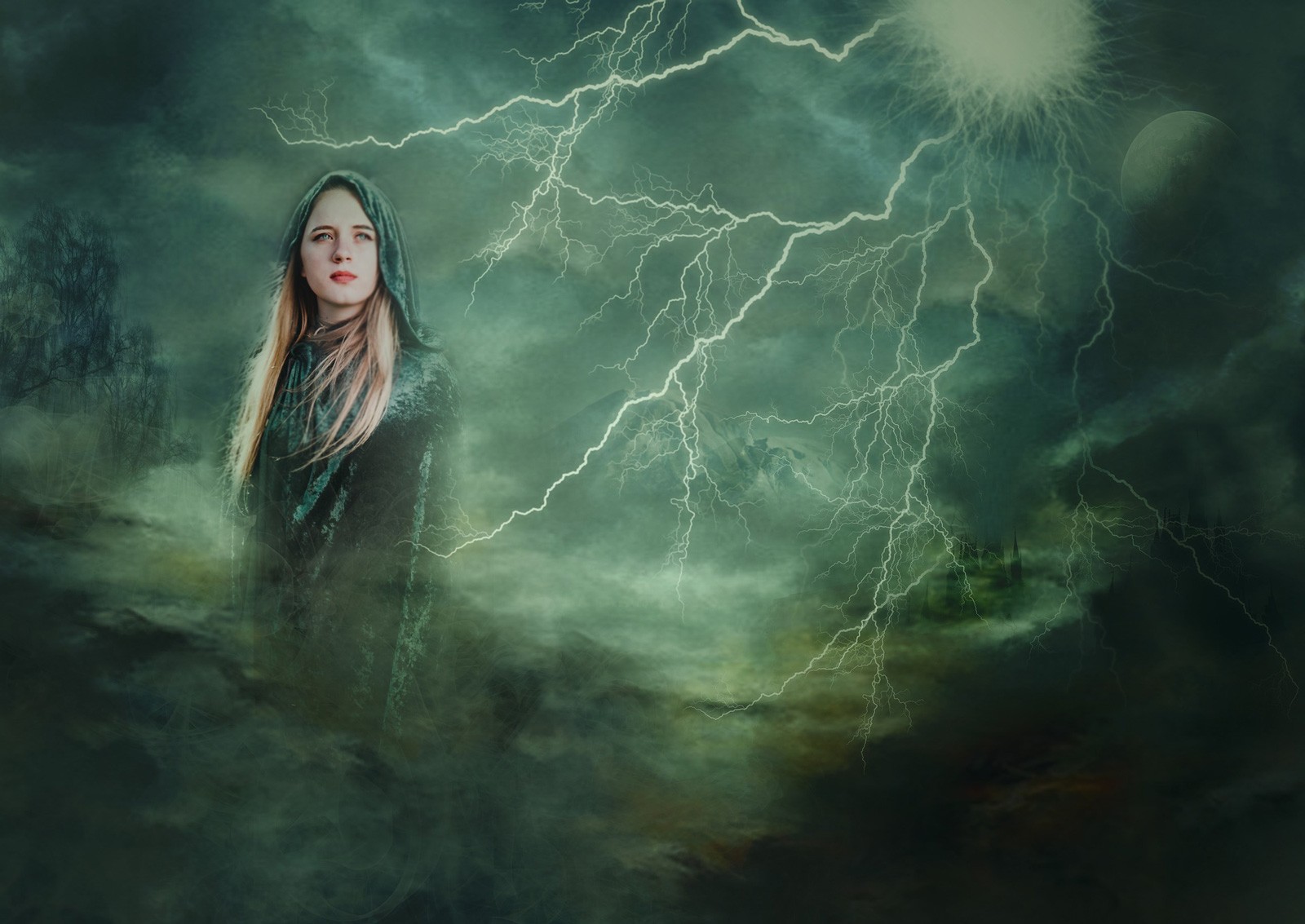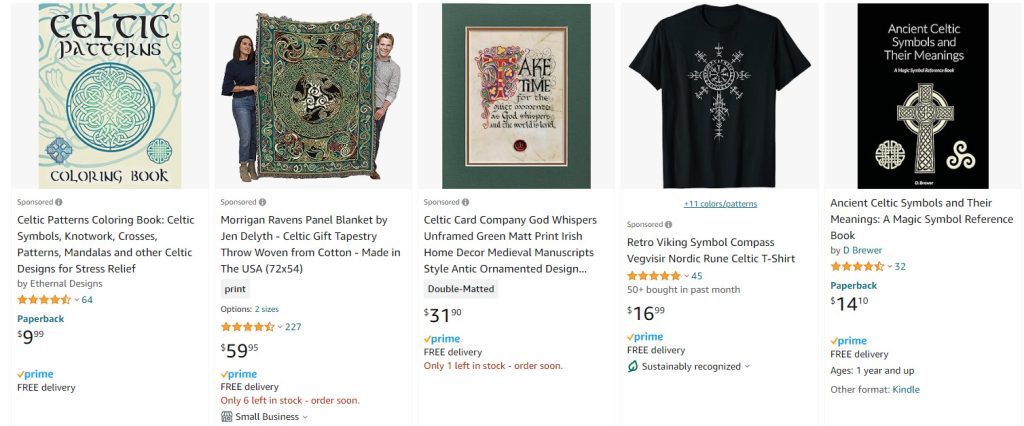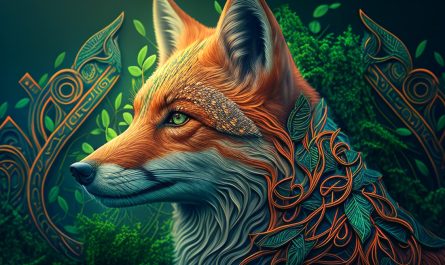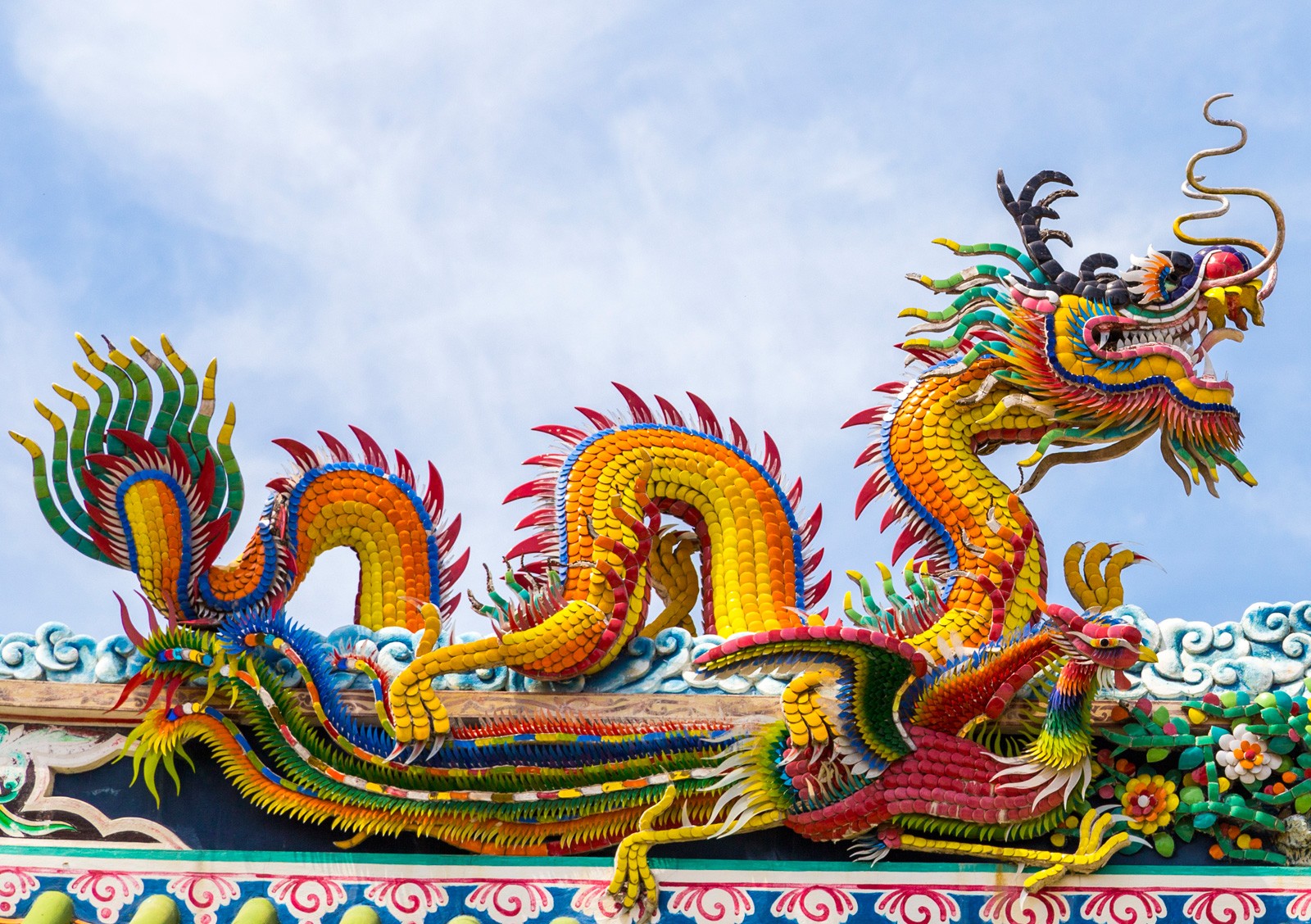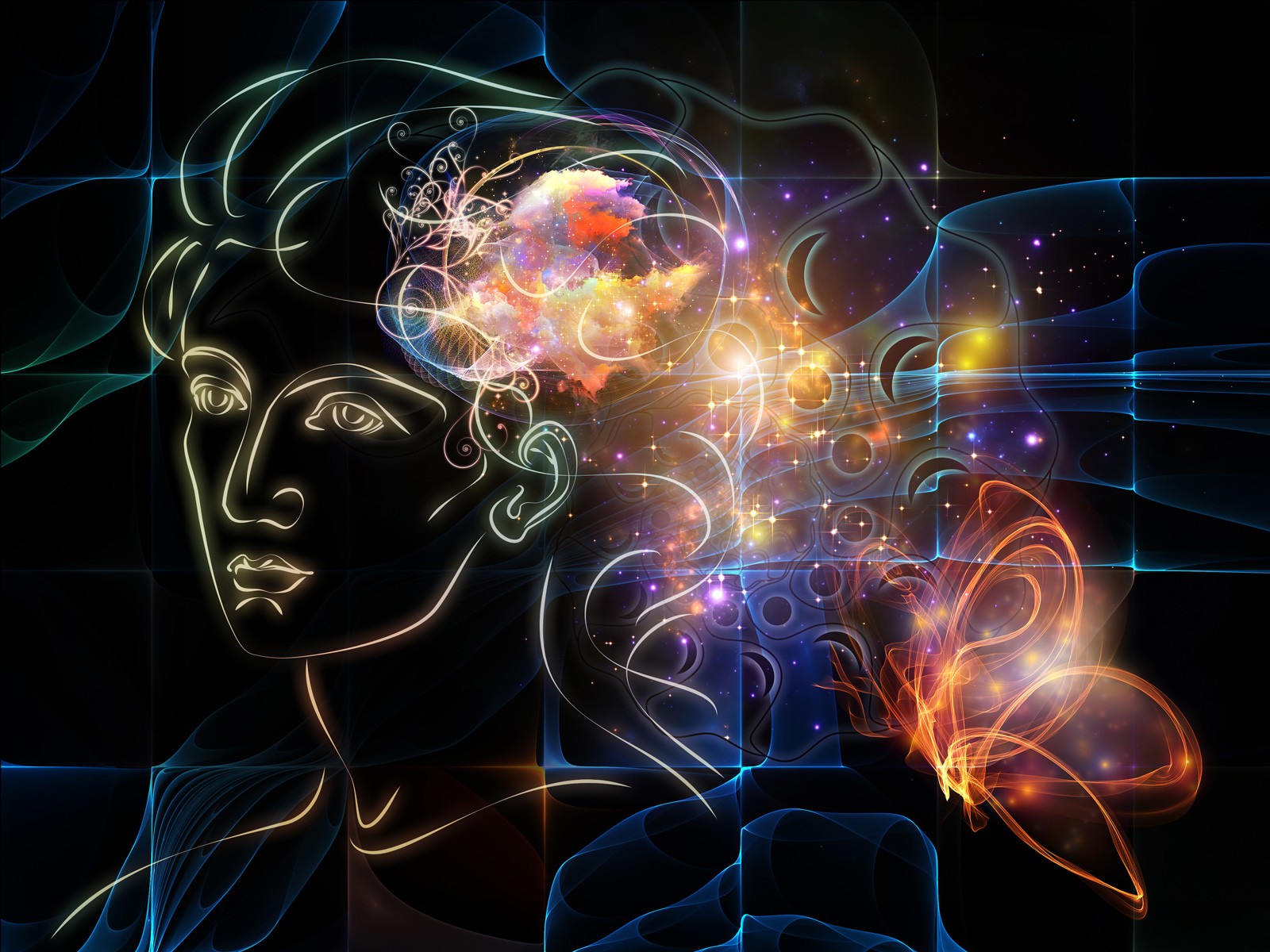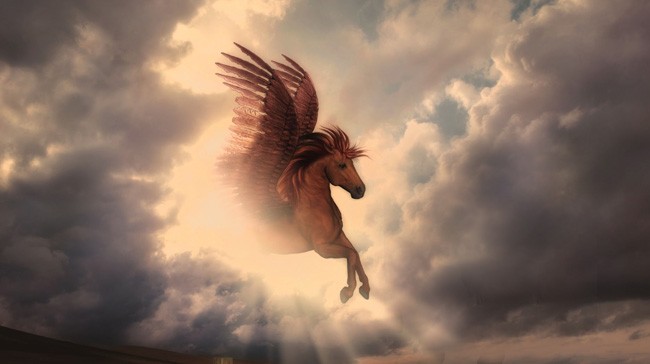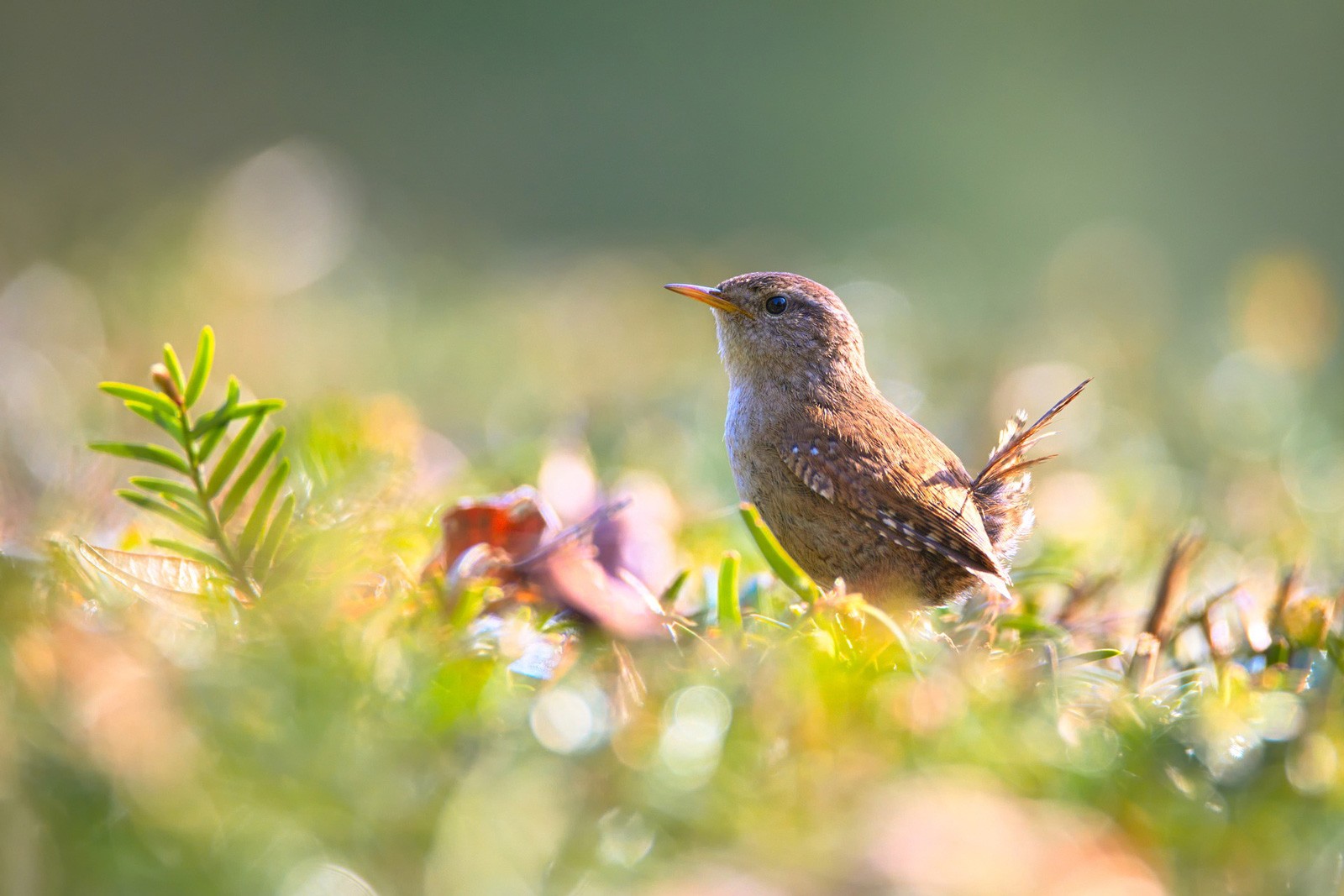Last Updated on January 16, 2021 by Avia
Celtic Symbols of the Tuatha De Danann
Exploring Celtic Symbols of the Tuatha de Danann. Who Are These People and What are Their Symbols? This page is devoted to the Celtic symbols born of the children of Danu, which are the: Spear, Stone, Sword and Cauldron. These four items are talismans carried by the Tuatha de Danann when they stepped foot on Ireland to reclaim their lands. These Celtic symbols appeal to me because they mark the flavor and personality of the elements.
Furthermore, inherent with each object are magical qualities which we’ll explore in the summaries below listed. These four Celtic symbols are also referred to as the four Celtic treasures (also jewels, magical objects, talismans). These treasures resided in what were four symbolic, prime cities (Gorias, Falias, Findias and Murias) located amidst the northern isles where Nemed’s descendents (later known as the Tuatha de Danann) settled after fleeing from the Fomorians.

“Our heritage and ideals, our code and standards
are things we live by and teach our children.
They are preserved or diminished by how freely we exchange ideas and feelings.”
~Walt Disney
These magical objects were, in part, inspired by the Celtic goddess Danu, who took a personal interest in Nemed’s followers when they arrived to the northern isles.
Each of these four Celtic objects represents powerful precepts. They symbolize a moral standard, creed, or magical foundation. I write about these foundations, and also offer the associated city, deity, element and direction for each of these Celtic symbols.
I’ve written a page on the Tuatha de Danann based on the context of their relationship with Danu. It might be worth reading as a backgrounder for this page on the four Celtic symbols of the Tuatha.
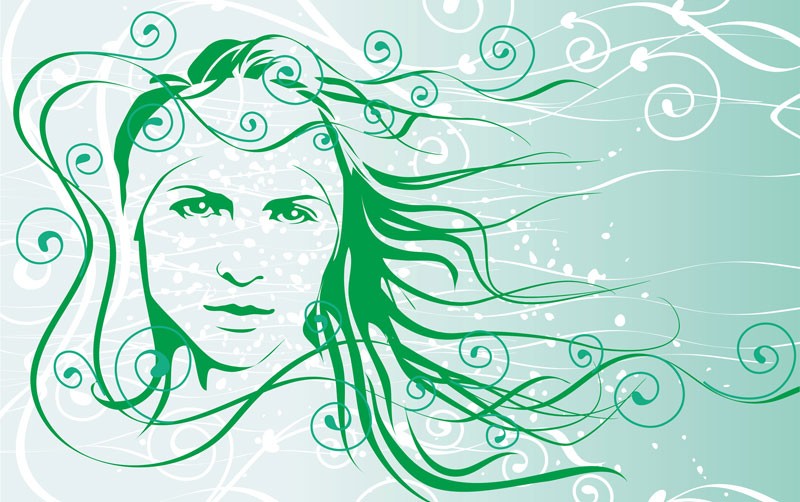
“A society that respects its traditions, bards, heroes, and heroines are destined for strength. No matter how time influences it, a culture that honors its history will always be immortal.”
~Avia
Celtic Symbols of the Tuatha De Danann

The Spear
Ruling Deity = Lugh
Ruling Element = Fire
Direction = South
Magical City of Origin = Gorias
Magical Properties and Description = The Spear that never misses the mark.
The spear of Lugh carries far more symbolic weight than just the implications of battle, hunting and the victory to (hopefully) ensue. For example, observing the spear we get the idea of laser-like focus. The spear is a symbol of single-minded aim. Direct action. Channeled attention. Tunneled vision with a goal to hit the target. Further, as Celtic symbols, spears conjure images of beginnings. We can infer the message of “number one” (the spear simulating the downward stroke of the first mark in a procession of other marks, indicating the first in a series of counts). The theme of beginnings also surfaces in a thrusting nature as the spear is, symbolically, is phallic.
The Celts were extremely connected. Just like the Native North American Indians, every object held specific meanings – nothing was separate (why do you think they lavished rich decorations on all their tools and weapons?). So, just as the male apparatus is the tip of conception – so too would the tip of a spear meet with its target as a sign of contact, making an opening, prompting a beginning leading to action. Because of its association with the fire element, the spear of Lugh also speaks to us of passion and creativity (another phallic/sexual correlation found here), specifically creation by means of inspired action. This is also confirmed by Celtic smithy’s who honed and bore their crafts via the use of fire.
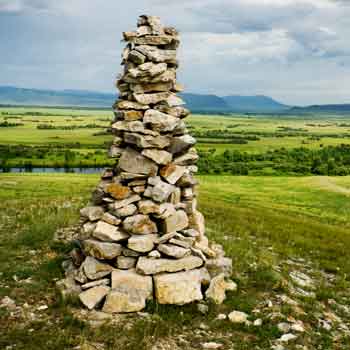
The Stone
Ruling Deity = Fal
Ruling Element = Earth
Direction = North
Magical City of Origin = Falias
Magical Properties and Description = The Stone who knows the heart of man.
The ancient Celts had special, sacred stones or stone structures known as cairns. As we might expect, Fal’s stone (aka The Stone of Destiny, or Lia Fail), is the grounding agent in the realm Celtic symbols. I intuit feminine qualities to the stone based on legend stating various goddesses were purported to live in the stone. One such legend tells us the High Kings of Ireland were ritually married to the goddess living in the Stone of Destiny which stood at Tara. But, before the nuptials, the High King was summed up by the goddess. If his measure was lacking, the goddess embodying the stone would scream her displeasure. A contender for the kingship could then present himself for scrutiny.
Regardless of gender, the grit of this Celtic symbol is in its connectivity to earth energy. Stones, dolmens, strategically placed rocks are deceptive in their stillness because in actuality, they shimmy with massive energetic force. Celts understood stones were “plugged in” to the belly of the mother (earth), and as such, they were conduits for high voltage energy. Need a healing? Wrap yourself around a stone – that’s going to drive your juices right into the womb of the earth where all things go back for renewal. Need to get grounded? Place hands on a stone. There’s nothing like the solidarity and humming authority of rock to reconnect with the bigger picture of the cosmos. The Celts knew this, and so Lia Fail as all other stones weighed heavily in Celtic symbology.

The Sword
Ruling Deity = Nuada
Ruling Element = Air
Direction = East
Magical City of Origin = Findias
Magical Properties and Description = All are subject to the will of the Sword.
Nuada was the king of the Tuatha de Danann, and so, his sword (claideb) among Celtic symbols is big-time powerful. It’s not necessarily the sword itself that holds the power. More aptly, it is the element, and the concept it represents that sings with power. Battle was a common factor among the Celts. Indeed, the Celt is the poster-child-hero-archetype. Undeniable. Mettle was tested under duress of conflict. Youth became adults on the fields of battle. Stories told, the hero’s made, ballads are sung – all in the name of the warrior. And so, the sword is (alas, another male/phallic) a symbol of victory, conquer, gain, and effective rulership.
I completely jive with the correspondence of the air element with the Celtic sword, because I love the double-edgy connotations. Air is an element of communication. Think about it – your wireless cellular phone transmits signals in the air. Thoughts are measurable signals that are also air-borne. What does this have to do with Celtic symbols and swords? Swords would have been made with a focus on purity of intent. Battle was an honorable act, and intended for the purpose of cutting through obstacles to gain higher ground. We do the same with communication and thought. The most effective communicators cut through the malarkey, and get right to the point in lean, effective ways. Consider the cliché “he’s got a sharp tongue.” So, not only is the sword a symbol for the warrior, it’s also an icon for clear, concise, effective communication.

The Cauldron
Ruling Deity = Dagda
Ruling Element = Water
Direction = West
Magical City of Origin = Murias
Magical Properties and Description = A Cauldron with endless supply.
Just when I think I have the Celtic mentality slightly within my reach of comprehension, their mythology throws a kink in my path. In this case, the cauldron is a kink. Cauldrons are typically Celtic symbols representing femininity. Indeed, cauldrons are associated with the moon, water, the womb, openings – all female attributes. However, Dagda is a god. Very male. Yet, Dagda sports the cauldron as his talisman as he stealthily made his way upon the shores of Ireland with intent to reclaim the lands. Nevertheless, Dagda has rightful ownership of the cauldron because he is a Good God, and a god of fertility and abundance to boot.
In fact, his cauldron never ran dry. It never ceased its supply of food and sustenance. Here we see qualities of nurturing and nourishment – replenishment too. We don’t have to drop the feminine qualities of the Cauldron of Dagda altogether, because we see in this object themes of renewal and rebirth. In fact, legend tells us Dagda would revive wounded (even deceased) warriors slain on the battlefields by dunking them in his magic cauldron – essentially reanimating them completely. Further, the cauldron is naturally associated with the water element, which fits nicely with the concept of cleansing, healing, rebirthing and resurrection. Again, all traditionally feminine qualities (even though the Celts weren’t very hung up on gender labels). Hey, it’s magic, perhaps there is a little goddess in every god.
Tangentially, if you’re a Tarot enthusiast, you’re probably marveling over the associations of these four Celtic symbols and their uncanny similarities to the four suits of the Tarot. -Just more proof in the pudding that, indeed, we are a collective society – connected and swimming around in a sea of energetic commonalities.
In conclusion, I hope you have enjoyed these observations about the Celtic symbols that come to us by way of the Tuatha de Danann.
For more background on these fascinating ilk of Celts, I invite you to read my post about their namesake, the goddess Danu here.
As always, thanks for reading.
Brightly,
Avia
Weave the Ways of the Celts Into Your Life With These Celtic Symbol Amazon Selections
Other Articles of Interest on This Website
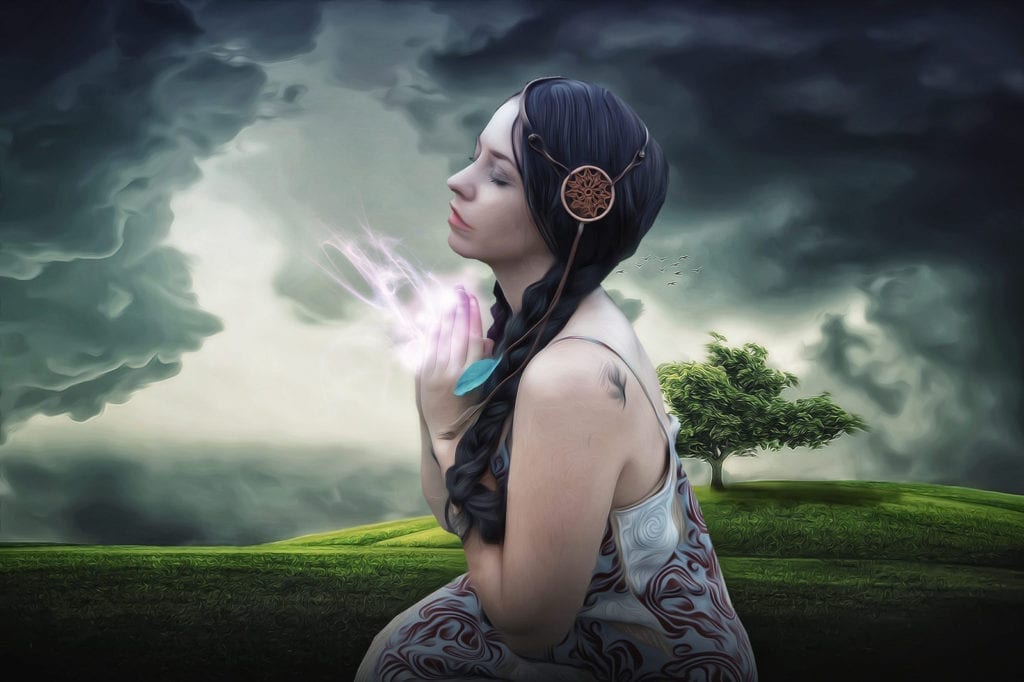
History and Meaning of the Celtic Goddess Danu
The Tuatha De Danann are people of the Celtic goddess, Danu. Tuatha refers to a type of people who hail from the north. A magical kind of people who were agriculturally inclined. De points to the word goddess, and Danann refers to the deity, Danu. Learn more about the goddess Danu and the people who worshipped her here.
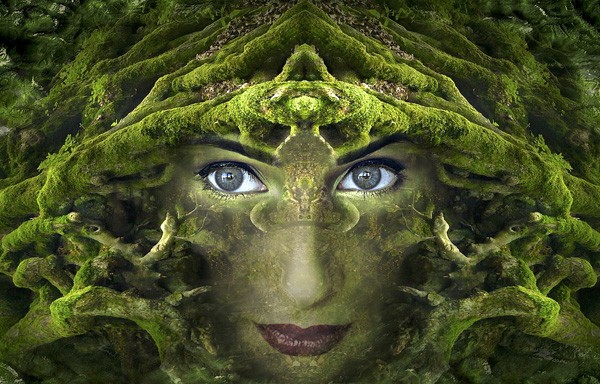
Celtic Goddess Meanings
Celtic gods and goddesses serve as powerful symbols within the Celtic culture. They are representative of a stronger, higher power; they are immortal, yet possess human traits. We can relate to these gods and goddesses because we ourselves hold the same deific potential. Learn more about Celtic goddesses and gods here.
